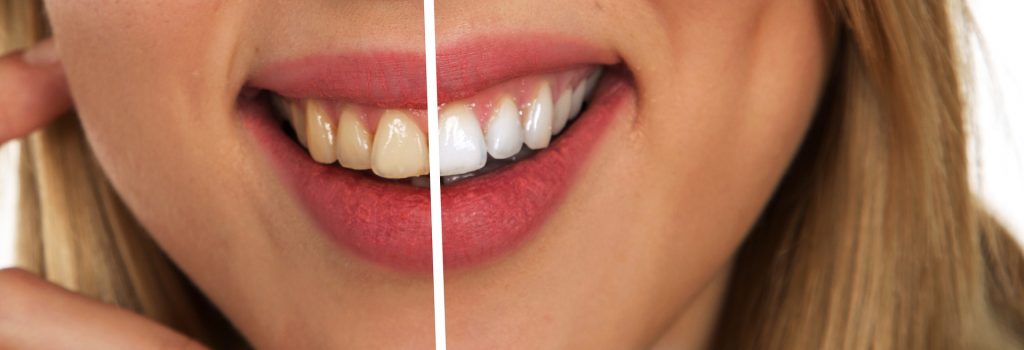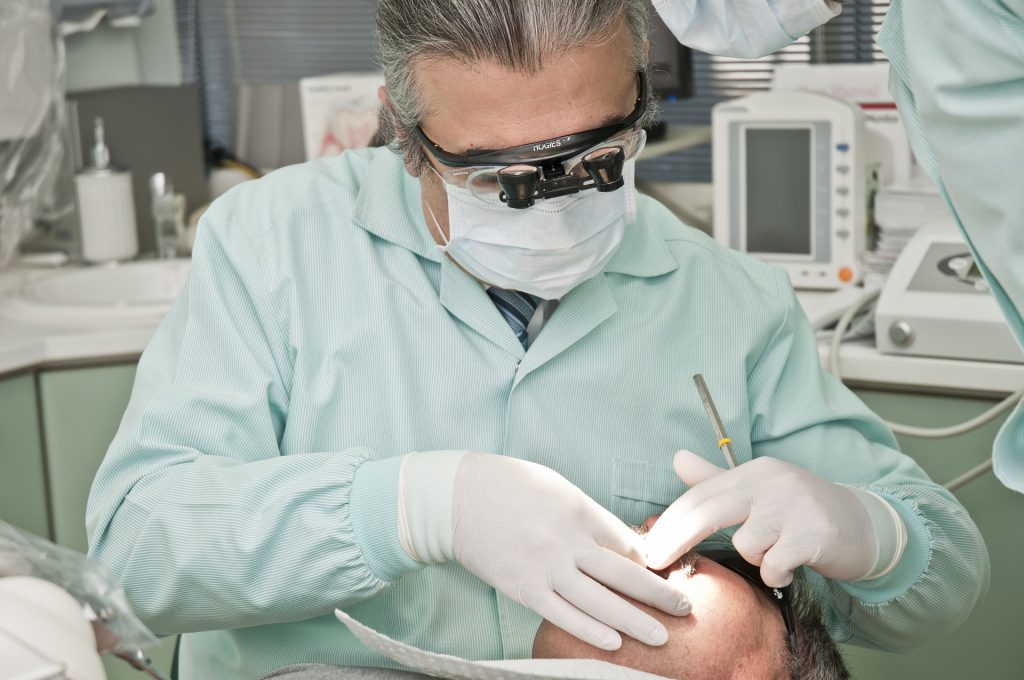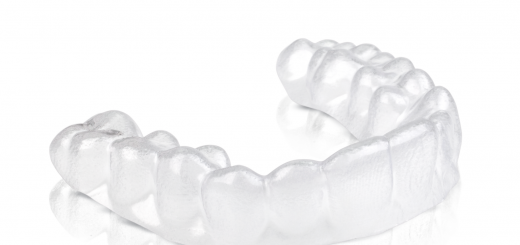Essential Steps to Keeping Your Teeth White

Teeth stains are very common and vary in colour and sizes. Discoloration of the teeth even happens in different places: it can either stain the surface of the tooth or stain below the surface of the tooth. Age-related discoloration can involve staining on both the surface and below the surface.
While those spots can present themselves differently for everyone, from irregular to blotchy, there are simple ways of preventing and eliminating them. Since food and drink choices are often the reason why discoloured spots form, you may only have to bring a few tweaks to your everyday lifestyle to see drastic improvement.
In this article, we look at the causes of teeth discoloration and describe ways to prevent and remove them.
Causes
Teeth stain for many reasons and the following factors contribute to the appearance of spots on the teeth:
1. Foods and drinks

Chromogens and artificial colours and dyes in some food and drinks can stain tooth enamel. Over time, these stains can become permanent.
2. Nicotine and tobacco products
Particles from these products stick to the teeth and buildup with repeated use. These types of stains tend to darken and harden over time and become harder to remove.
3. Tartar
Unless you keep the levels of plaque in your mouth under control by brushing and flossing, these will harden into a permanent coating called tartar. Smoking, diabetes, hormonal changes and medicines can also increase the risks of tartar development.
4. Ageing
The white enamel that protects the teeth gets eroded as people age. As it degrades, it exposes a layer of teeth that’s naturally yellow.
5. Enamel hypoplasia
Enamel hypoplasia is a condition where the enamel becomes hard but thin, creating chalky or yellowish-brown patches on the contours of the teeth.
Treatment
The treatment will vary depending on the cause of brown spots on the teeth. There are two ways to go about this: 1) buy over the counter products, or 2) visit a dentist or dental hygienist.
1. Over-the-counter products
Some over-the-counter options include:
- Whitening toothpastes (must contain sodium hypochlorite)
- Whitening mouthwashes (must contain hydrogen peroxide)
- Whitening rinses (must contain hydrogen peroxide)
- Whitening strips (must contain carbamide peroxide)
- Tray whitening systems (must contain carbamide peroxide bleaching gel)
Results can be seen after 1–2 weeks, though there is no guarantee. If the stain does not fade, it may be caused by a medical condition or tartar, and you may need to visit a dentist.
2. Visit the dental hygienist

Once tartar has formed, only a dental professional can remove it. Using the appropriate equipment, the dentist will scrape or rub tartar and plaque away from teeth.
If you have a special event coming up and need them cleaned ASAP, you can ask for teeth whitening treatment. Concentrated carbamide peroxide solution and a special light will be used to bleach your teeth in a 1- to 2-hour appointment.
However, teeth stains caused by celiac disease, tooth decay and fluorosis are permanent and irreversible. To hide these and prevent further discoloration, your dentist can apply white composite fillings, veneers and crowns. They may also recommend wearing a nightguard or retainer.
Prevention
1. Practice Good Oral Hygiene
Brushing your teeth after every meal, you have less chance of keeping stains on your teeth. You should also floss once a day. It’s the easiest way to prevent brown spots on the teeth.
2. Rinse Often
It may be difficult to brush your teeth immediately after every meal. Instead, rinse the food from your teeth after every meal. It will help.
3. Switch to An Electric Toothbrush
To effectively remove plaque from your teeth, it might be a good option to swap your regular brush with an electric version that’s of good quality.
4. Choose Your Mouthwash Carefully
Using mouthwash that has an antibacterial action will reduce stain-catching plaque. You can get some of those at a pharmacy.
5. Use a Whitening Toothpaste
Avoid home-grown cures as a lot of those cures can be very abrasive for the teeth. Opt for an over-the-counter whitening product that contains peroxide instead.
6. Check Your Plaque Quotient
You can ask your dentist for a disclosing solution. After brushing your teeth, you can rinse your mouth with it to see where a plaque still remains.
7. Scrub Gently
Even you are using a whitening toothpaste, overly aggressive brushing can scrub away enamel and expose the deeper-hued dentin. Ironically, this will only your teeth look even more discoloured.
8. Sip Through A Straw
After having used a whitener, do not let drinks that stain, such as coffee, tea, and cola, near your teeth. This will stop the teeth from getting discoloured again.
9. Try Tooth Strips
Tooth strips look like tape and fit across your teeth. The strips keep peroxide on the teeth a little bit longer than a tooth polish, so they’ll get them a bit whiter.
10. Use A Bleach Tray
You can ask your dentist to custom fit you with a mouth-guard-like tray that fits over your teeth. This is simply a home-bleaching program.


